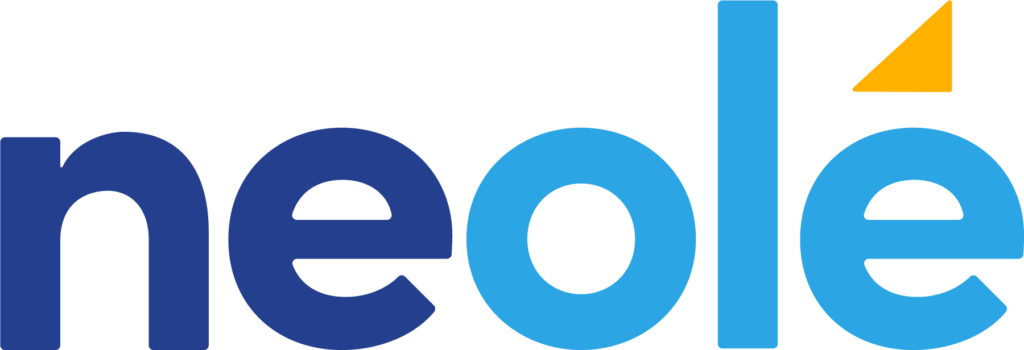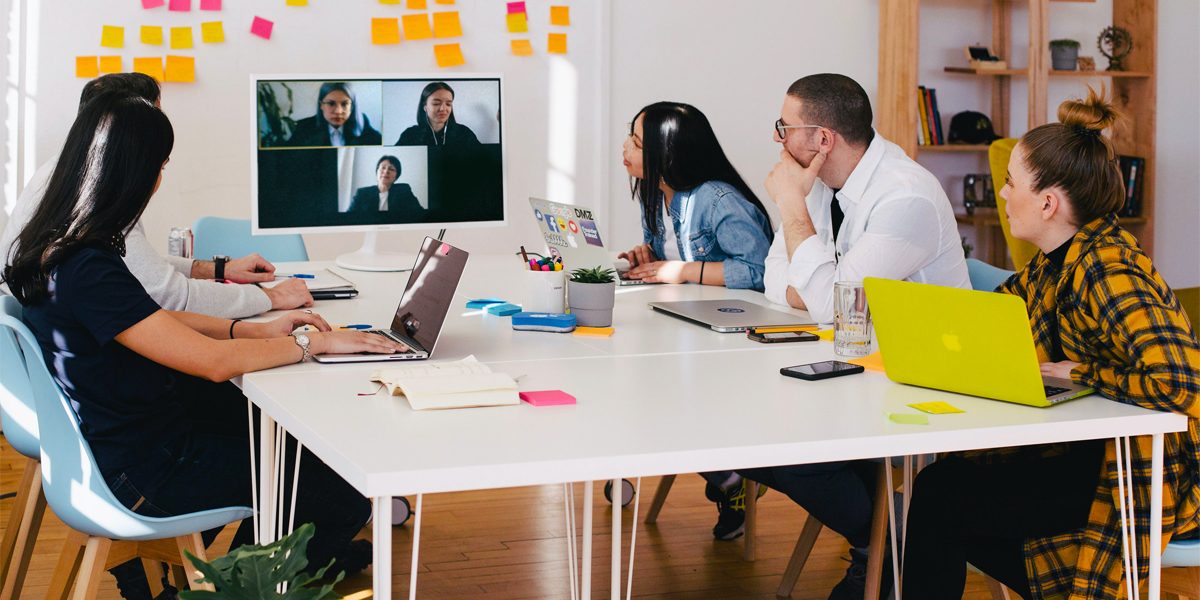Are you looking forward to in-person meetings?
The fact is that virtual meetings and conferences have been highly successful and as a result, are here to stay. Studies have shown that creativity can be even higher in virtual meetings than traditional in-person sessions. Conferences have attracted people from all over the world who otherwise could not have afforded the travel and accommodation to attend. Companies are saving money they would normally spend on meeting rooms, travel, food and accommodations. Attendees, while missing many aspects of the conference experience, are enjoying the ability to join meetings on their own time.
In the coming months and years, companies and organizations will alternate between virtual and in-person events. Perhaps most organization-wide meetings will remain virtual, with one big in-person staff retreat at an exotic location once per year. Workshops and training that proved to be effective virtually, will stay virtual.
We also think that remote work is here to stay. Employees will demand the choice to work remotely for at least part of each week, making it hard to find a common time when everyone is present in the office to hold a meeting. Companies will also be challenged to make sure all employees are engaged in information sharing and decision making equally, whether they are present in the office or not.
Is it possible for organizations to choose between all in-person or all virtual meetings? The answer lies in hybrid meetings.
What are Hybrid Meetings?
A hybrid meeting is one where attendees have options in how, where and when they participate.
Hybrid meetings accommodate those who wish to attend virtually from their homes or offices, and others who opt to meet in-person, for example, in the office boardroom or a hotel conference room. At NeOlé, we are already working on these types of hybrid meetings, where attendees who live in areas where in-person gatherings of 50 or fewer people are allowed are gathering together and everyone else is joining virtually.
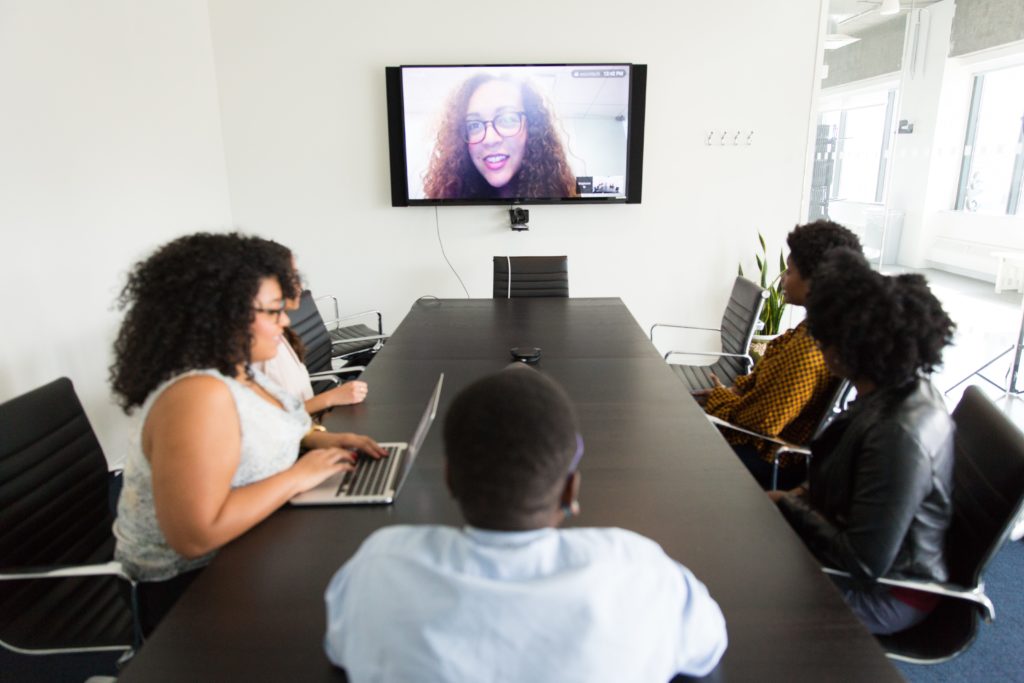
We encourage meeting organizers to think beyond the Zoom/conference room spectrum, however. Larger conferences, even when held primarily in-person, can’t ignore the opportunities presented by virtual audiences (e.g., global reach, higher attendance, reduced costs and increased revenue). In-person events must continue to live-stream presentations, provide access to recordings, offer parallel virtual networking opportunities and more.
Best Practices for Hybrid Meetings
Think of your hybrid meeting as an orchestra with you as the conductor. Similar instruments are grouped together, with each group playing a different piece of the same symphony. Each player and then each group must understand their parts, and then all the groups must come together for the event. The best practices discussed below can help you in your role as conductor as you bring together all the pieces into a wonderful and enjoyable concert!
Be Clear on Where and How Participants are Joining the Meeting
Whether virtual or physical, the organizers get to tell participants where and when they should meet. Now, the tables are turned; participants are defining where they will be and how they will participate and the onus is on organizers to meet them where they are. Meeting organizers must consider:
- How many people are joining virtually?
- What virtual meeting platform will be used?
- What digital facilitation software will be used, and what equipment will be required for everyone to use that software regardless of whether they are in a conference room or their home?
- What challenges might people joining virtually experience (e.g., low bandwidth)?
- What meeting agenda best accommodates everyone’s needs, regardless of where they are?
- How many people will join in person?
- What size meeting room will be required? What set-up allows everyone in the room to see the virtual participants?
- What equipment will that meeting room require to enable two-way communication between the meeting room participants and those joining virtually?
Get Creative

If there’s one thing that a year of virtual meetings has shown us, it’s that we need to cut back on the time we spend in meetings! Zoom fatigue is real, but I also think we have romanticized the in-person experience (remember stuffy boardrooms, cold conference rooms and bad coffee?). We now have an opportunity to rethink our agendas, the tools we use, how and where information is relayed, and how and where decisions are made. Meeting organizers can get creative by:
- Thinking of the meeting agenda as something that extends beyond the beginning and end of the physical meeting.
- Considering tools that can be used to gather and share information before the meeting even begins.
- Thinking about work that can be done before the meeting to cut down on time spent in the actual meeting.
- Recording presentations to be viewed on people’s own time.
Getting creative requires organizers to consider the aim of the meeting. For example, if the purpose is to share information with no input or decisions required, then consider sharing a recording rather than asking people to tune in at a specific time. If collaboration on implementing decisions is required, consider using asynchronous digital tools to share information and gather input before the live meeting.
Be Flexible
The pandemic has also taught us that we can’t count on anything and the best-laid plans derailed. As COVID-19 continues to be a threat, regions move in and out of lockdown, and the size of allowable gatherings changes, meeting organizers must maintain flexibility and develop contingency plans. For example, if a sudden surge in COVID cases means your in-person venue is shut down, you may need to go all-virtual and/or live-stream presentations. Fortunately, hybrid meetings already involve a virtual component; communication with meeting participants is very important as you inform those who planned to attend in-person of the new virtual arrangements.
Make Sure Everyone Can Participate Equally
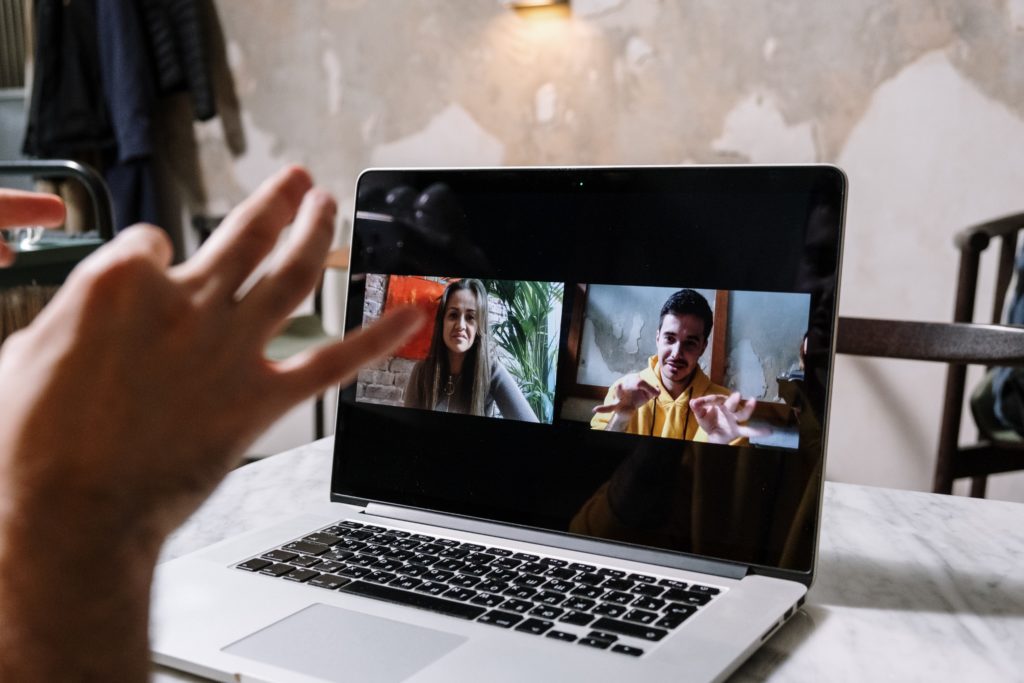
Virtual meetings have their own issues with accessibility and need for accommodations. Some of these issues, such as offering simultaneous interpretation, ASL, and captioning for those who need it, have parallel accommodations for in-person meetings. Other issues are unique to virtual meetings and include access to reliable internet, adequate computer equipment, and a quiet space in which to tune into the meeting.
In-person meetings need to be physically accessible to everyone involved. They need to be comfortable, with good A/V, accessible washroom facilities, good lighting and seating, and much more.
Organizers of hybrid meetings need to take into account the accessibility issues with BOTH the virtual and the in-person meetings! People joining simultaneously from several in-person hubs adds yet another layer of complexity.
Beyond that, organizers must also ensure that participants can participate equally in receiving information, contributing ideas, and making decisions. What if people meeting in person can use flipcharts, markers and sticky notes to collaborate while the people in the virtual breakout room have nothing to collect their thoughts on? What if a person must call into the meeting and can’t get a word in edgewise? What if some opportunities to contribute ideas are offered only to the people in the in-person meeting and not to those joining virtually? What if the A/V in one of the in-person hubs doesn’t work and they can’t “see” or “be seen” by those joining virtually or from other hubs?
These are all scenarios that organizers must plan for. Good facilitation is key, and the facilitator must be able to interact with everyone at the same time, both virtually and in-person. You will need two or more co-facilitators divided up between the two venues, with more co-facilitators depending on the number of people in each venue.
We find that using digital tools such as virtual “flipcharts” and other facilitation software for everyone, whether participating in-person or virtually, can be an equalizer (participants in in-person meetings can use laptops or tablets rather than sticky notes). Moving some of the information gathering, ideation and collaboration to an asynchronous platform that can be used by everyone before the live meeting is another equalizer. Cameras and microphones at the in-person meeting are also important to make sure the participants there can contribute to the meeting verbally and can see everyone who is joining virtually.
Test and Practice!
Finally, hybrid meetings are complicated because they combine two types of meetings. Planning a virtual meeting is surprisingly complex; our clients are often surprised at the amount of detail that goes into planning and producing a virtual event. And, those of you who have ever planned an in-person meeting, conference or other event know how involved that can be. Now, try doing both at the same time!
Testing equipment is key. You’ll need to set up time with the technicians responsible for the A/V at the in-person meeting to test the camera set-up and microphone to ensure the in-person participants can see and be seen, and hear and be heard, by the virtual participants plus those attending from other in-person hubs. Set aside time the day before the event for this all-important equipment test.
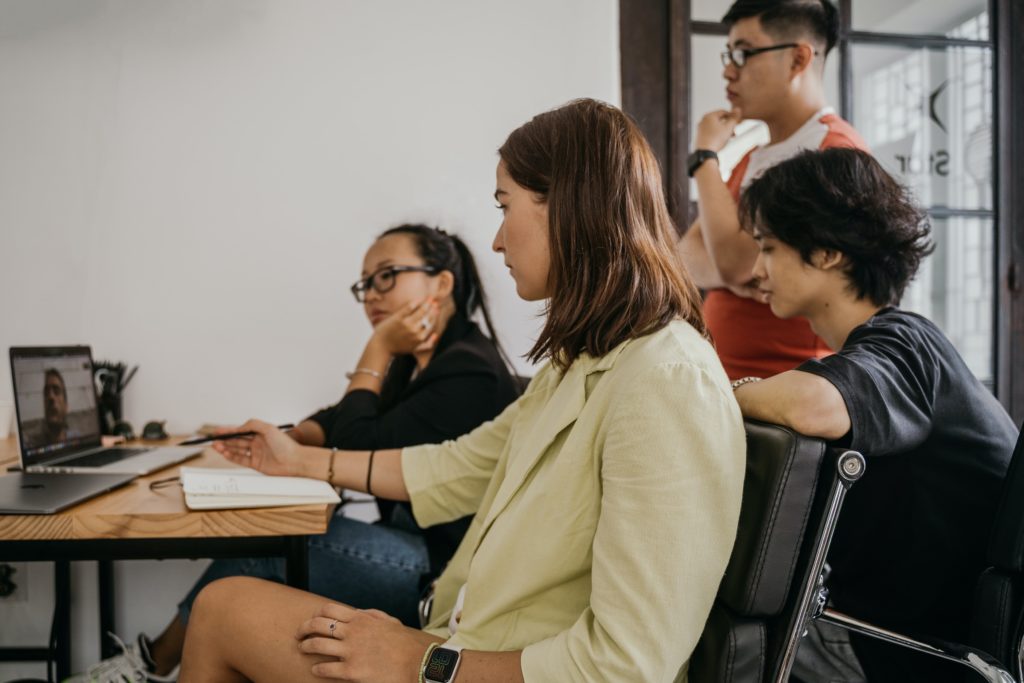
You will also need to prepare speakers, moderators, panelists and other key participants ahead of the event. In this previous blog post, you can read about the importance of preparation and different ways you can do so. This includes rehearsals, technical walk-throughs, drop in hours to test equipment and virtual meeting guides.
Hybrid meetings can be exceedingly complex and highly effective. Returning to the orchestra metaphor, the more instruments, the more for the conductor to manage. Your reward will be the knowledge that you’ve created an inclusive event that everyone can attend no matter where they are and no matter what constraints the current health situation has placed on them. Take advantage of the technology available to us now and the above best practices to make your next event a hybrid experience!
By Laura Bowley, Virtual Facilitator and Meeting Producer, Neolé Inc.
